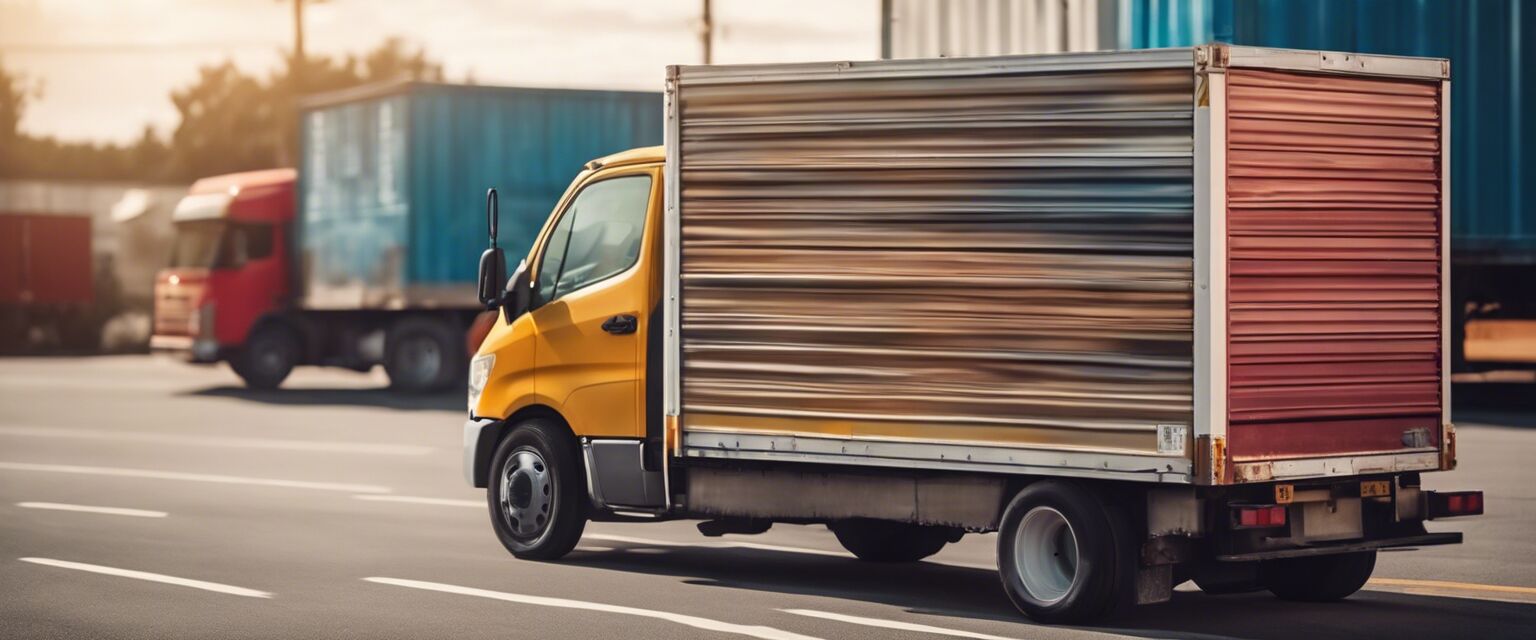
Packing Materials
Packing materials are essential for ensuring safe and efficient moving or storage of your belongings. Whether you're moving to a new home, storing items in a storage facility, or shipping products, the right packing materials can make all the difference.
Key Takeaways
- Choose the right packing materials for your items, such as bubble wrap, foam sheets, or paper fill.
- Use sturdy boxes that are specifically designed for moving and storage.
- Label and organize your boxes to ensure easy identification and efficient unpacking.
- Consider using eco-friendly packing materials for a sustainable move.
Types of Packing Materials
Packing materials come in a variety of types, each designed for specific items and purposes. Here are some common types of packing materials:
| Packing Material | Description | Best For |
|---|---|---|
| Bubble Wrap | A flexible, cushioning material that protects items from shock and damage. | Fragile items, such as glassware, dishes, and electronics. |
| Foam Sheets | A sturdy, shock-absorbing material that provides extra protection for fragile items. | Large, fragile items, such as mirrors, artwork, and furniture. |
| Paper Fill | A cost-effective, eco-friendly material that fills empty spaces in boxes and prevents shifting. | Delicate items, such as ornaments, figurines, and decorative items. |
| Packing Paper | A durable, acid-free paper that protects items from dust, moisture, and damage. | Books, documents, and other paper-based items. |
| Tape | A strong, adhesive material that secures boxes and prevents opening during transit. | Sealing boxes, reinforcing corners, and attaching labels. |
Choosing the Right Packing Materials
When choosing packing materials, consider the following factors:
- Item type: Choose materials that are specifically designed for your items, such as bubble wrap for fragile items or foam sheets for large, heavy items.
- Box size and type: Select boxes that are sturdy, durable, and specifically designed for moving and storage.
- Labeling and organization: Use clear, descriptive labels and organize your boxes by room or category to ensure easy identification and efficient unpacking.
- Eco-friendliness: Consider using eco-friendly packing materials, such as recycled paper fill or biodegradable bubble wrap, for a sustainable move.

Tips for Eco-Friendly Packing
Beginners Section
- Use reusable containers, such as plastic bins or fabric bags, instead of cardboard boxes.
- Choose biodegradable or recycled packing materials, such as paper fill or eco-friendly bubble wrap.
- Opt for local, sustainable moving companies that use eco-friendly practices.
Conclusion
Packing materials are essential for ensuring safe and efficient moving or storage of your belongings. By choosing the right materials, labeling and organizing your boxes, and considering eco-friendly options, you can ensure a stress-free and sustainable move.
Pros
- Protects items from damage and shock
- Provides extra cushioning and support
- Helps with organization and labeling
Cons
- Can be expensive, especially for specialty materials
- May not be necessary for non-fragile items
- Can be time-consuming to assemble and pack
For more information on moving and storage supplies, check out our guides on Moving Blankets, Storage Shelving, and Packing Materials.

Before you start packing, make sure to check out our Moving Boxes guide to find the right boxes for your move.













